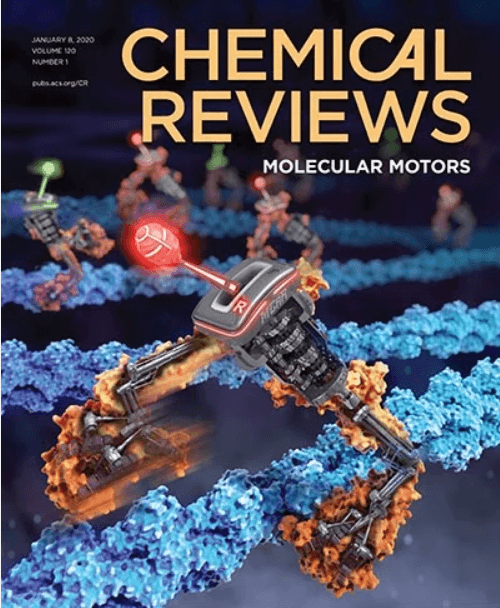Proton Exchange Membrane (PEM) Water Electrolysis: Cell-Level Considerations for Gigawatt-Scale Deployment
IF 51.4
1区 化学
Q1 CHEMISTRY, MULTIDISCIPLINARY
引用次数: 0
Abstract
Hydrogen produced with no greenhouse gas emissions is termed “green hydrogen” and will be essential to reaching decarbonization targets set forth by nearly every country as per the Paris Agreement. Proton exchange membrane water electrolyzers (PEMWEs) are expected to contribute substantially to the green hydrogen market. However, PEMWE market penetration is insignificant, accounting for less than a gigawatt of global capacity. Achieving substantive decarbonization via green hydrogen will require PEMWEs to reach capacities of hundreds of gigawatts by 2030. This paper serves as an overarching roadmap for cell-level improvements necessary for gigawatt-scale PEMWE deployment, with insights from three well-established hydrogen technology companies included. Analyses will be presented for economies of scale, renewable energy prices, government policies, accelerated stress tests, and component-specific improvements.

质子交换膜 (PEM) 水电解:千兆瓦级部署的细胞级考虑因素
本文章由计算机程序翻译,如有差异,请以英文原文为准。
求助全文
约1分钟内获得全文
求助全文
来源期刊

Chemical Reviews
化学-化学综合
CiteScore
106.00
自引率
1.10%
发文量
278
审稿时长
4.3 months
期刊介绍:
Chemical Reviews is a highly regarded and highest-ranked journal covering the general topic of chemistry. Its mission is to provide comprehensive, authoritative, critical, and readable reviews of important recent research in organic, inorganic, physical, analytical, theoretical, and biological chemistry.
Since 1985, Chemical Reviews has also published periodic thematic issues that focus on a single theme or direction of emerging research.
 求助内容:
求助内容: 应助结果提醒方式:
应助结果提醒方式:


